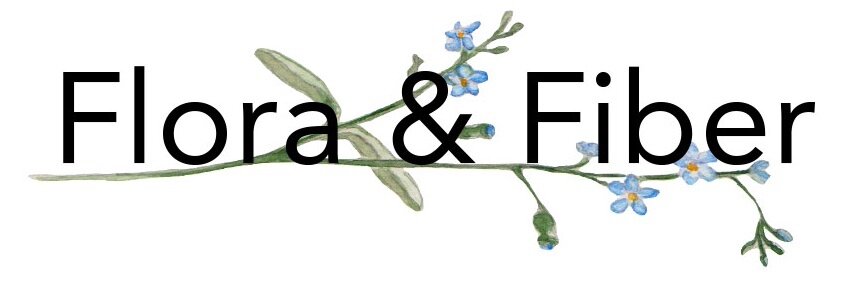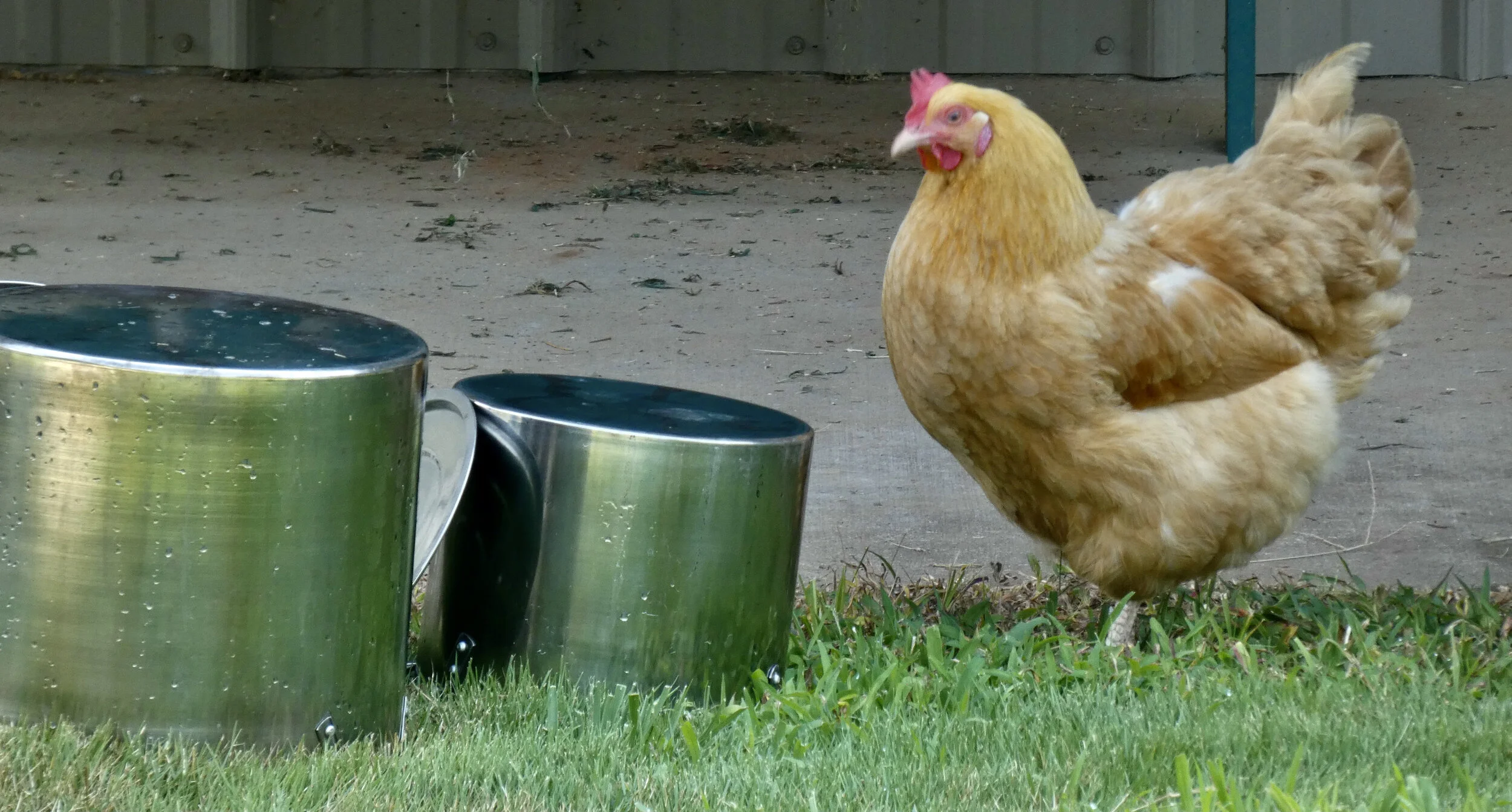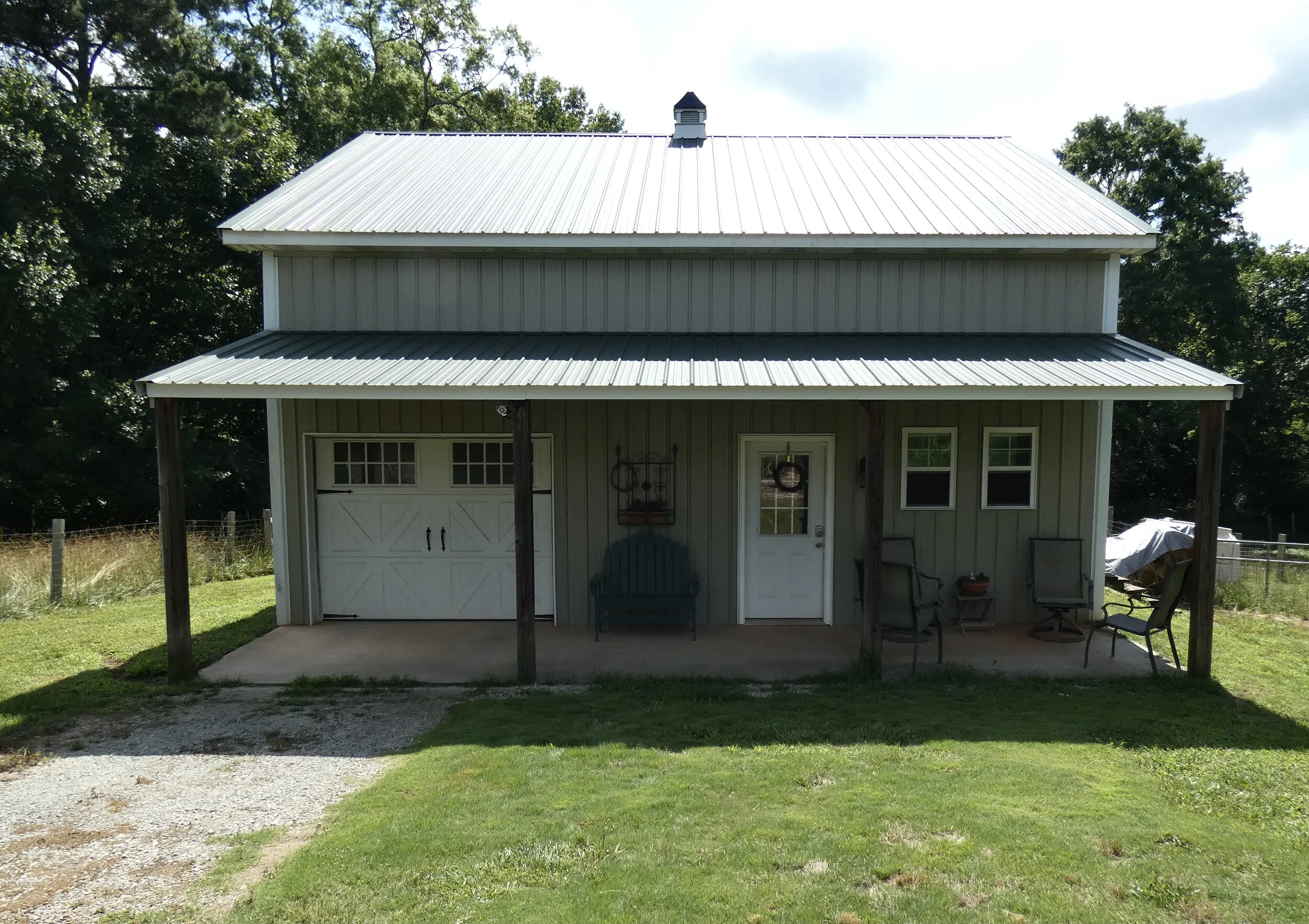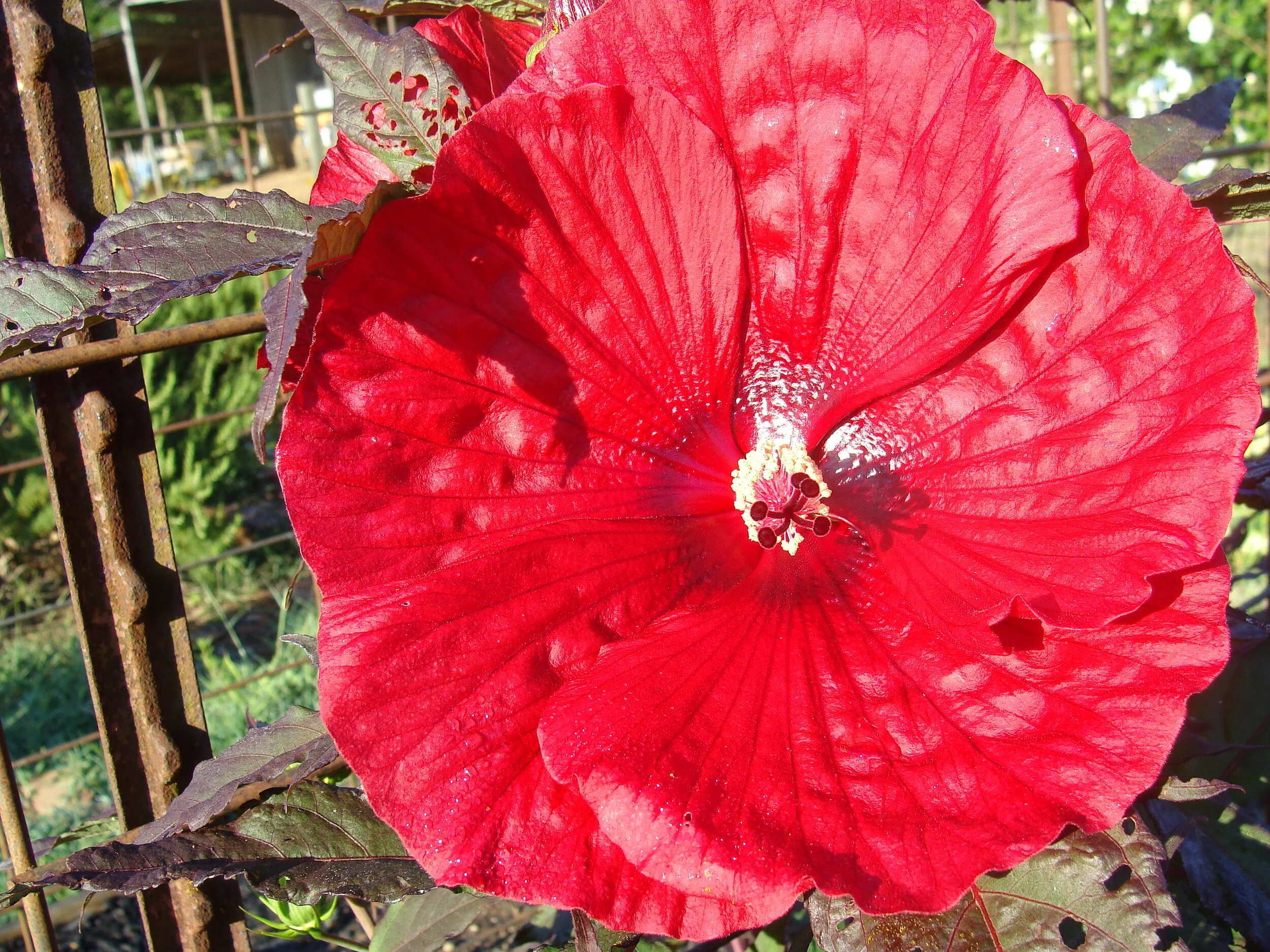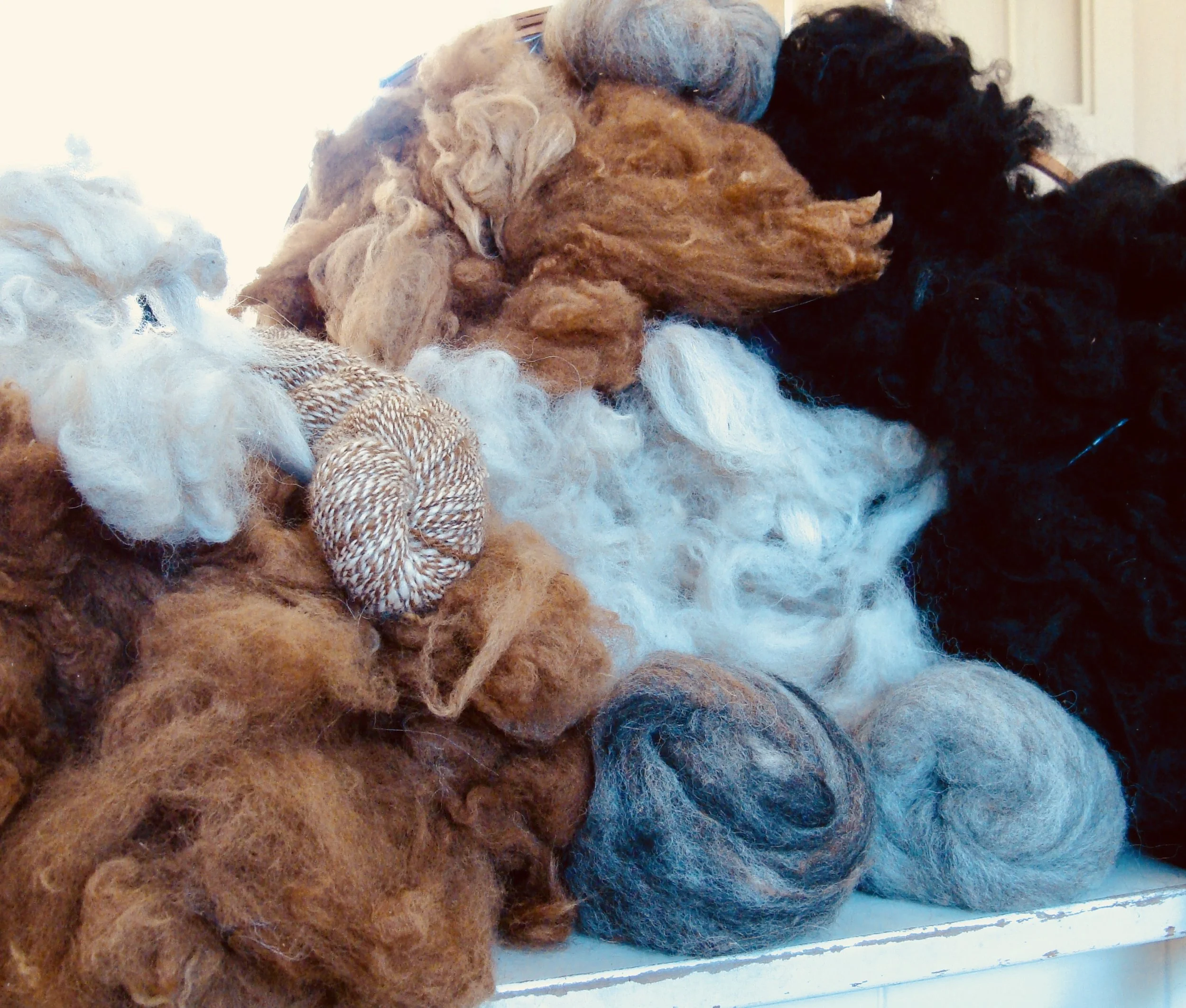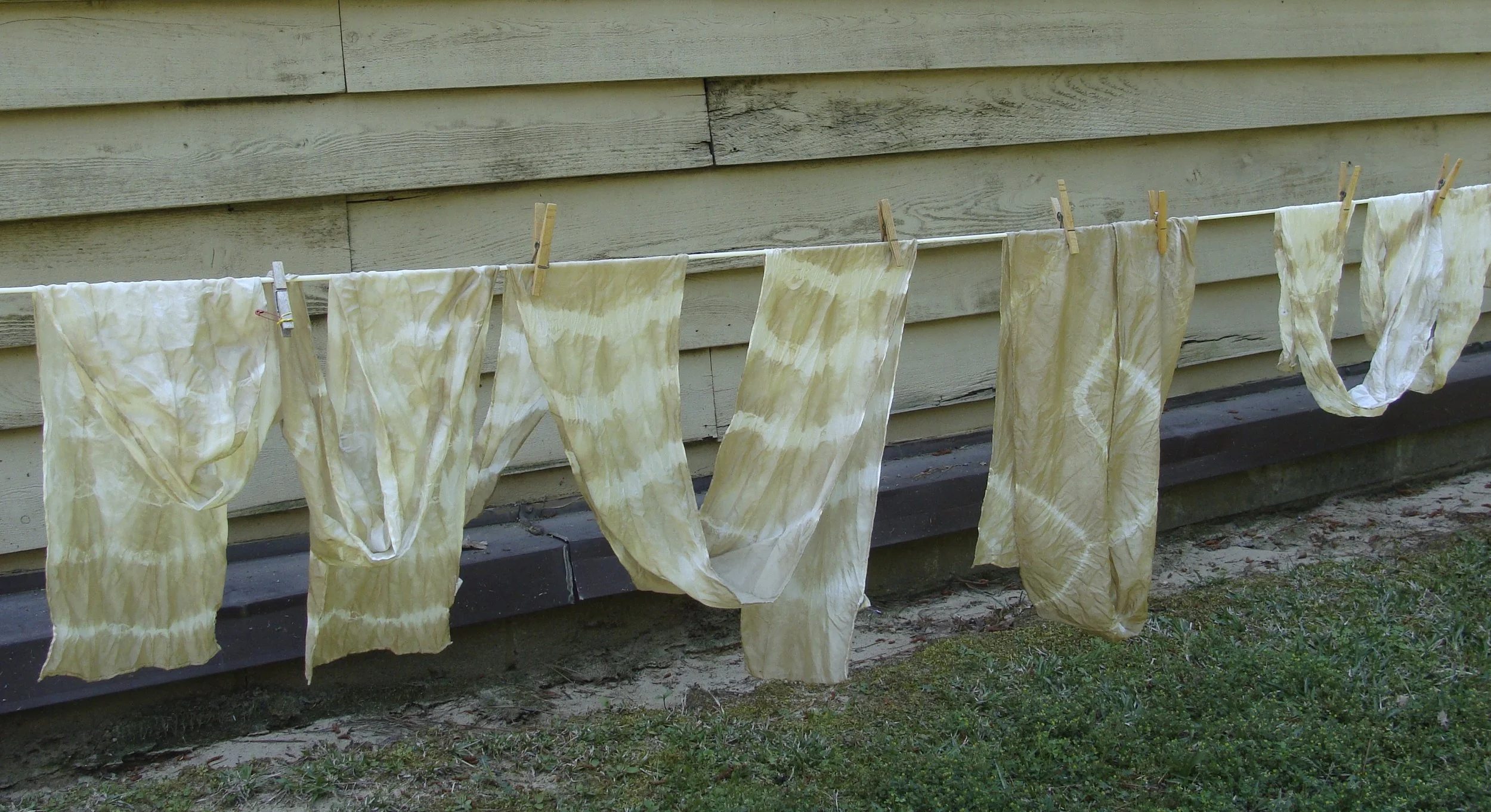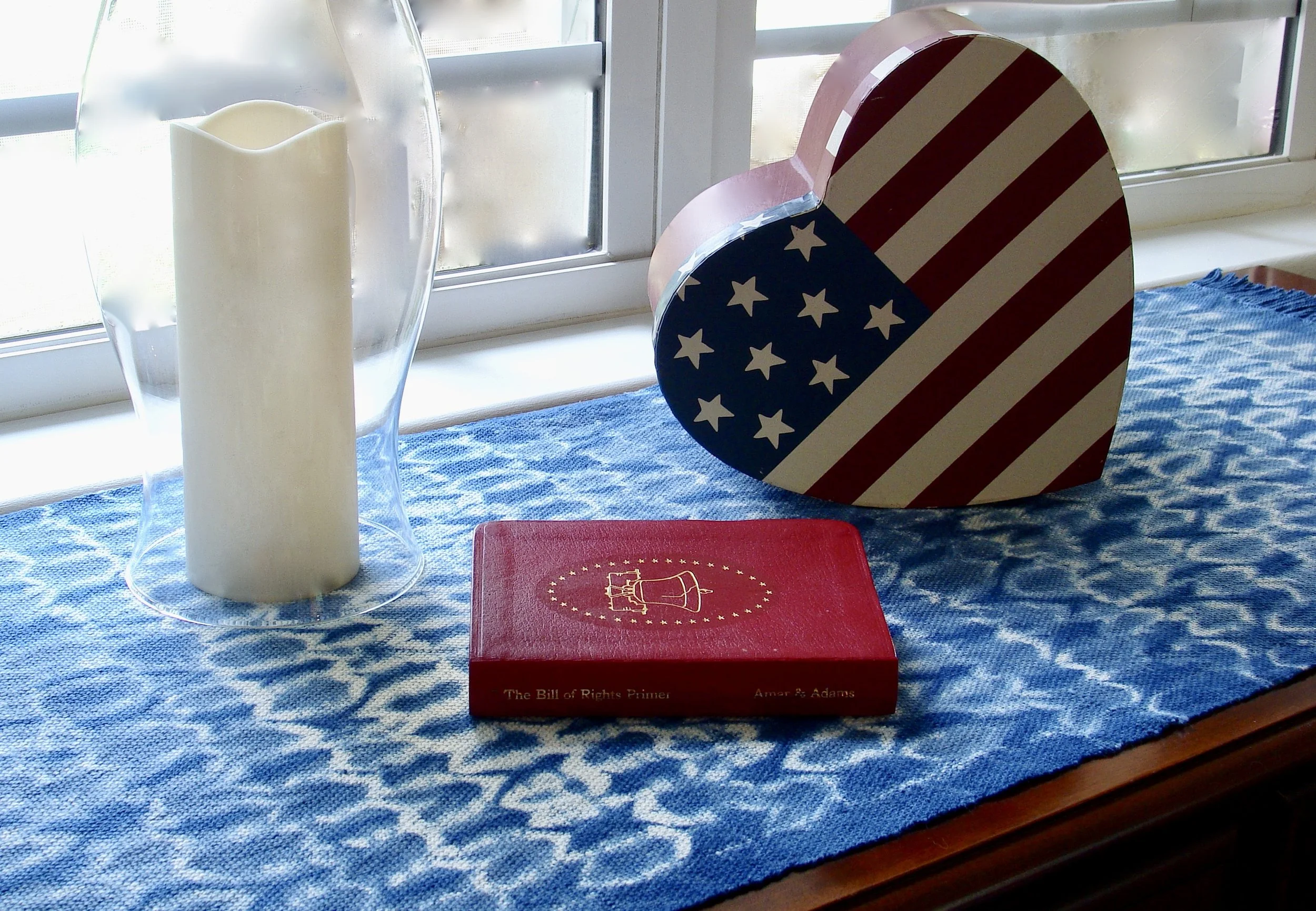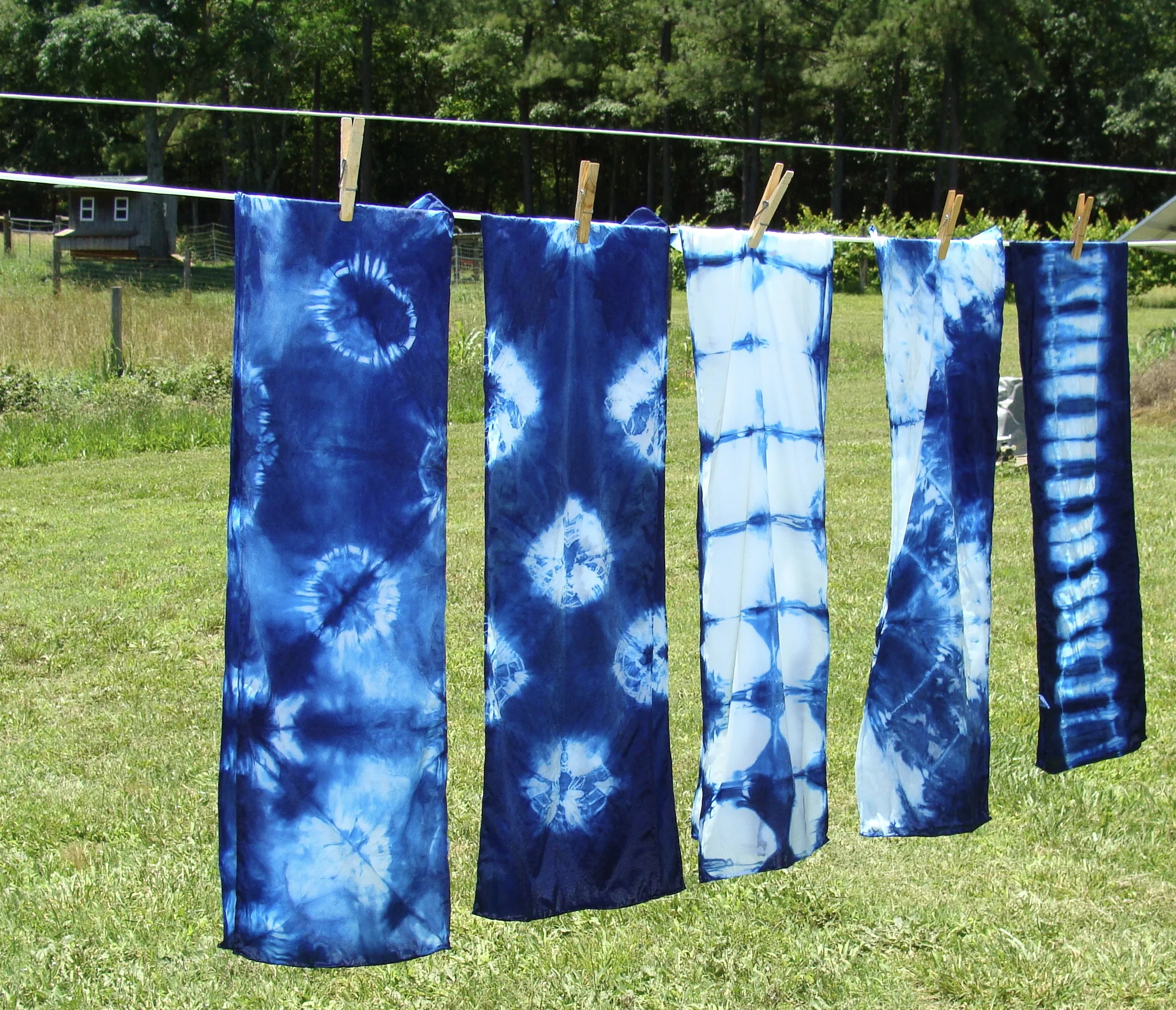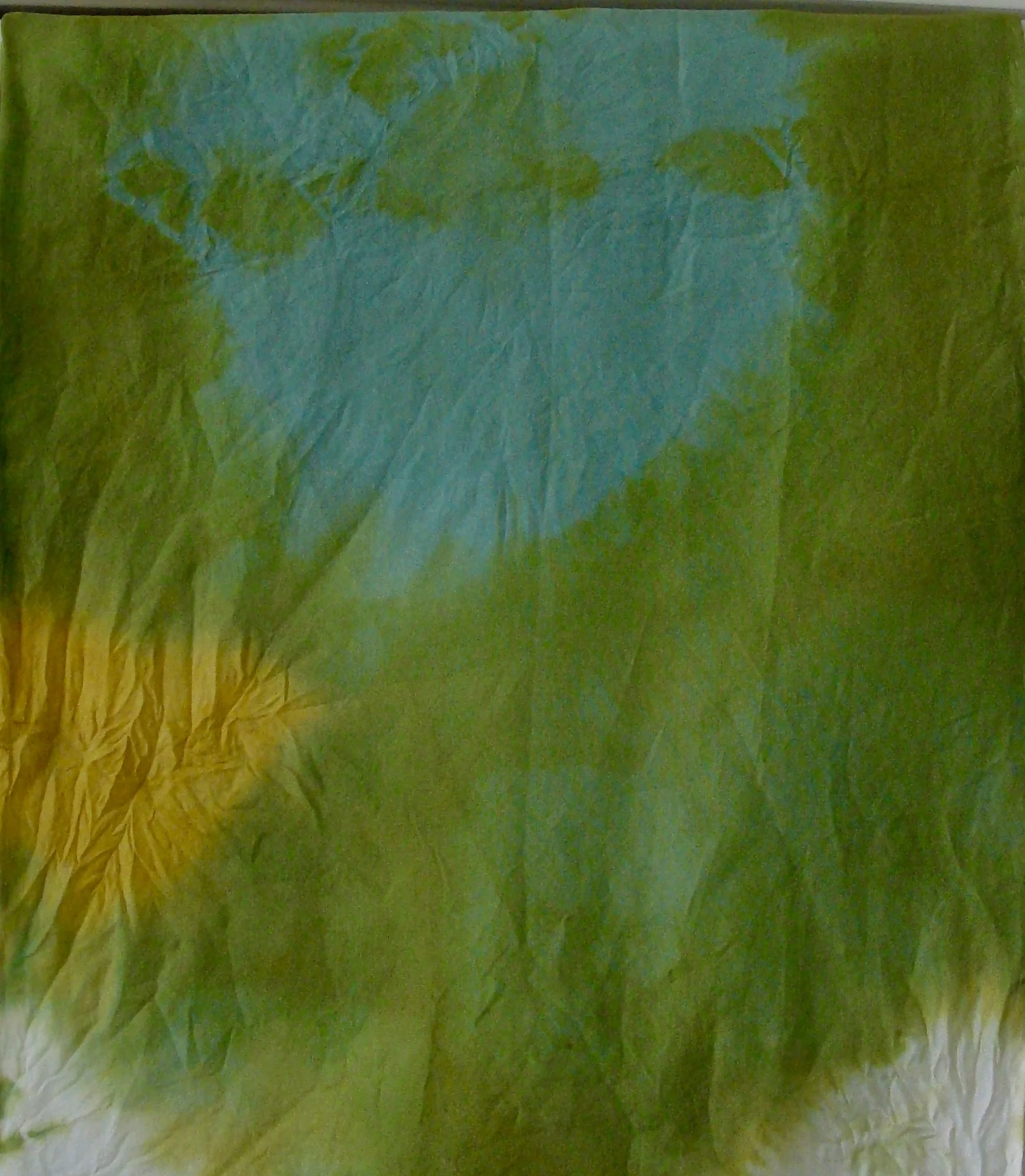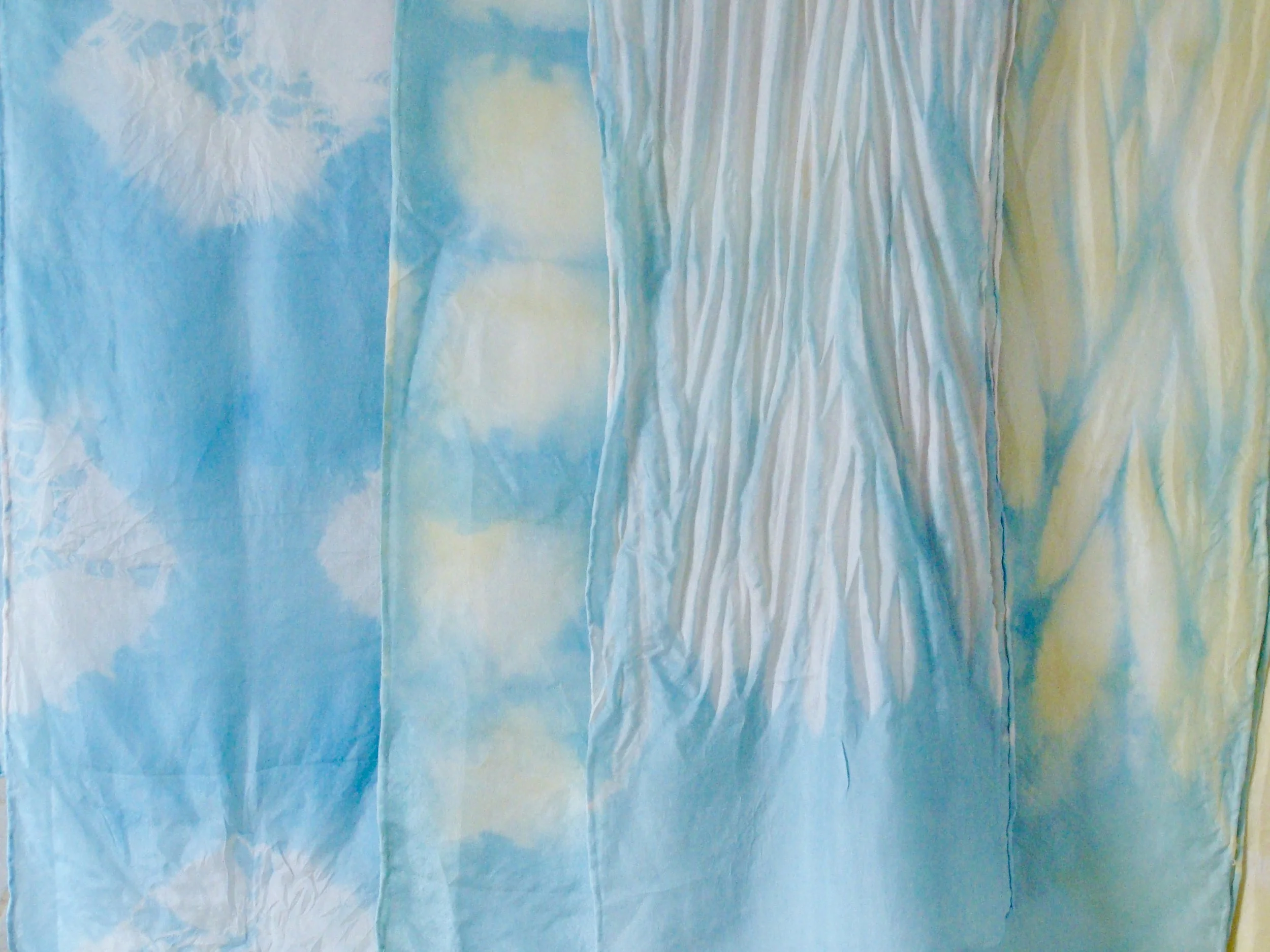This summer, I started a Natural Dye series. The initial July 6 post, Planning and Fiber Preparation, was followed by five posts detailing my five days of actual dyeing. It ended with the Finale post on August 2. In September, I gave you a sneak peek of the dyed cotton on the Loom. Today’s post brings you to the completion of the Natural Dye Project.


